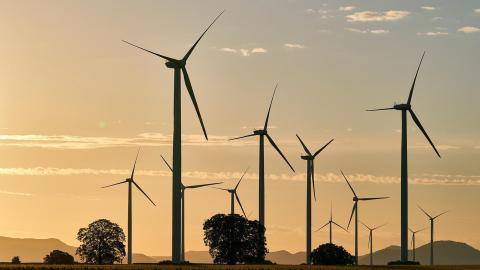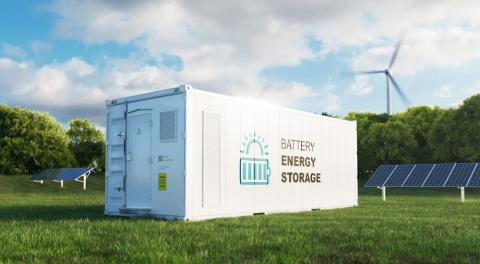IEEFA Webinar: How India’s new net metering restriction could impact the rooftop solar market
On 21 December 2020, the Ministry of Power announced the “Electricity (Rights of Consumers) Rules, 2020”, setting out the rights of electricity consumers in India.
Watch the recorded webinar here
The new rules cover 11 key areas including the rights of consumers, obligations of distribution licensees, metering arrangements, billing and payment and a grievance redressal mechanism.
Significantly, under the “consumer as prosumer” section, the rules mandate net metering for loads up to 10 kilowatts (kW) and gross metering for loads above 10kW.
Under a net metering mechanism, the electricity generated by the rooftop solar system is consumed by the user and any excess power is injected into the grid. Under gross metering, the total electricity generated by the solar system is injected into the grid, and the consumer imports electricity from the grid for consumption.
IEEFA and JMK Research hosted a webinar to examine the impact of the new net metering restriction on India’s rooftop solar market. The panel of experts included: Ravinder Singh, Chief Solar Rooftop Business, Tata Power; Ritu Lal, Senior VP, Institutional Relations, Amplus Solar; AK Sinha, AGM, Solar Energy Corporation of India (SECI); Abhinav Goyal, Energy Consultant, World Bank; Tristan Edis, Director, Green Energy Markets, Australia; Vibhuti Garg, Energy Economist, IEEFA; Jyoti Gulia, Founder, JMK Research (moderator).
Ritu Lal, of Amplus Solar, spoke first, highlighting the different issues around gross metering in India, which has had very few takers over the years. She pointed out the complexities related to distribution companies (discoms) such as inconsistency in payments, the administrative processes and unattractive feed-in tariffs.
With net metering limited to rooftop solar systems under 10kW, consumers – barring small to medium-sized households – would be left with a gross metering arrangement. This could prove disastrous to adoption of rooftop solar which has just started to pick up pace in India, Lal said.
‘Growing uncertainty’ in the industry
Tata Power’s Ravinder Singh acknowledged the growing uncertainty looming over the industry and highlighted the risk to the rooftop solar market posed by the new net metering restriction.
Commenting on the impact of the amendment, Singh said those largely affected would be consumers using rooftop solar to generate electricity for captive use.
He added that it is imperative to evaluate the true cost incurred by discoms for storing electricity and for providing subsidised power to residential and agricultural consumers. If these costs were to be shared by rooftop solar consumers and developers, installing rooftop solar plants would still be an economical option.
The World Bank’s Abhinav Goyal provided the lender’s perspective. Speaking about the status of the World Bank’s US$625 million credit line to State Bank of India (SBI) to incentivise rooftop solar in India, he said that only about 50% of the loan amount has been on-lent by SBI, with just a year left until the grid connected rooftop solar PV programme (GCRSPV) ends.
While concurring with the views of fellow panellists on the broader negative impact of the new net metering arrangement guidelines, Goyal said it is crucial to have a policy environment that is conducive to loan disbursements under the GCRSPV project. Delays attributed to policy inconsistency contribute over a period of time to the overall cost of project financing.
Insights from Australia
Tristan Edis, of Green Energy Markets, provided insights into the accelerating momentum of the Australian rooftop solar market. He explained that rooftop solar systems up to 50kW in residential and commercial segments operate under a net metering arrangement.
Edis said Australia’s rooftop solar capacity is expected to exceed that of gas-powered plants this year and surpass coal-based thermal power capacity by 2025 in the east coast main grid. He also highlighted the high penetration of renewable energy in the overall power supply for the east coast grid, with rooftop solar regularly reaching 25% of supply around midday.
Further, the industry’s shift to larger systems (from an average 2kW in 2010 to 8kW in 2020) has been pivotal to the growth of rooftop solar capacity in Australia.
SECI’s AK Sinha emphasised that ongoing discussions between government and industry players would help to refine and clarify the net metering arrangement guidelines over time. He acknowledged that it is important to find a middle ground between all the stakeholders in the industry in order to accomplish India’s national rooftop solar target of 40GW of installed capacity by 2022.
This webinar was hosted by IEEFA and JMK Research.
Related articles:
















